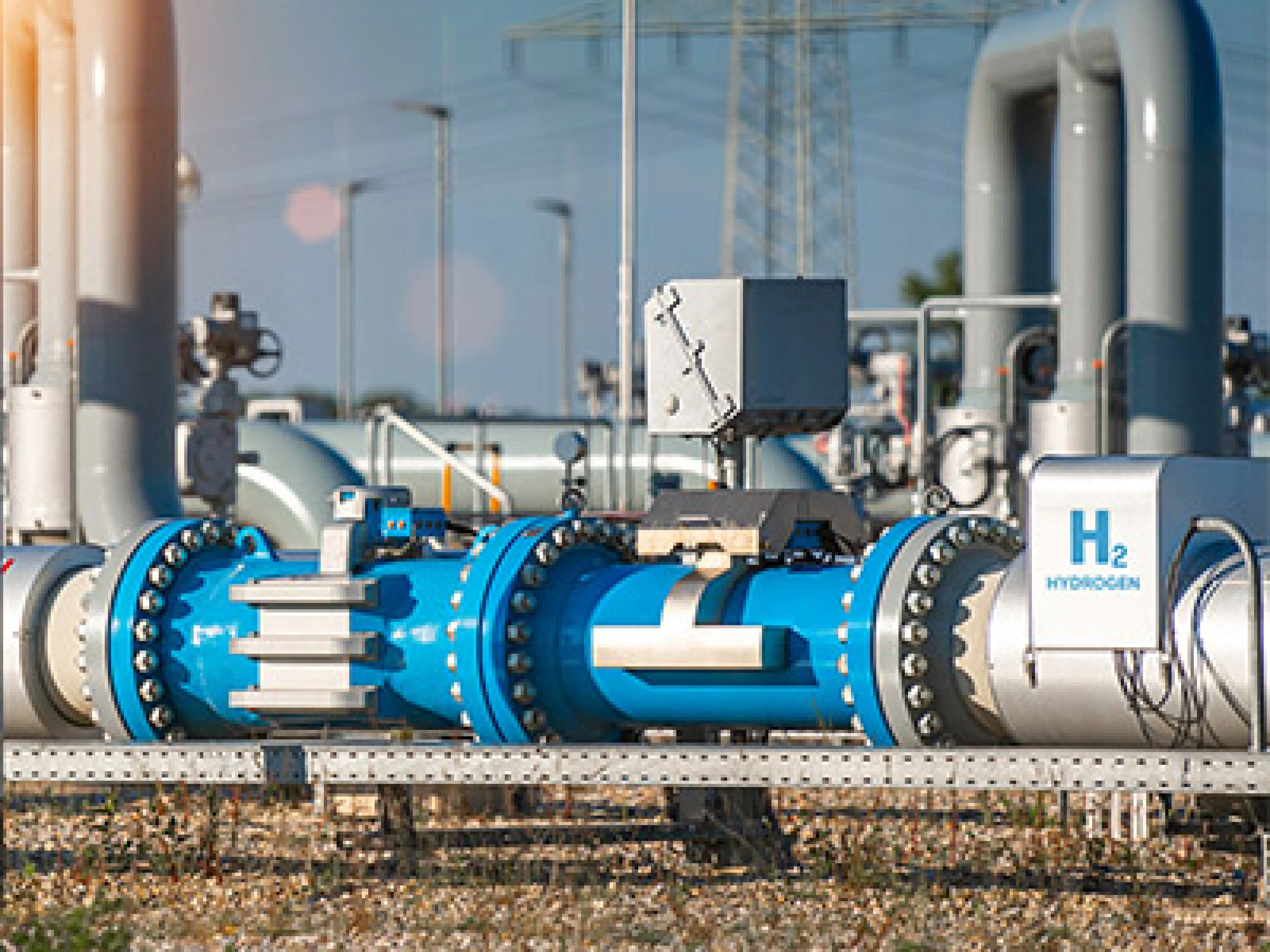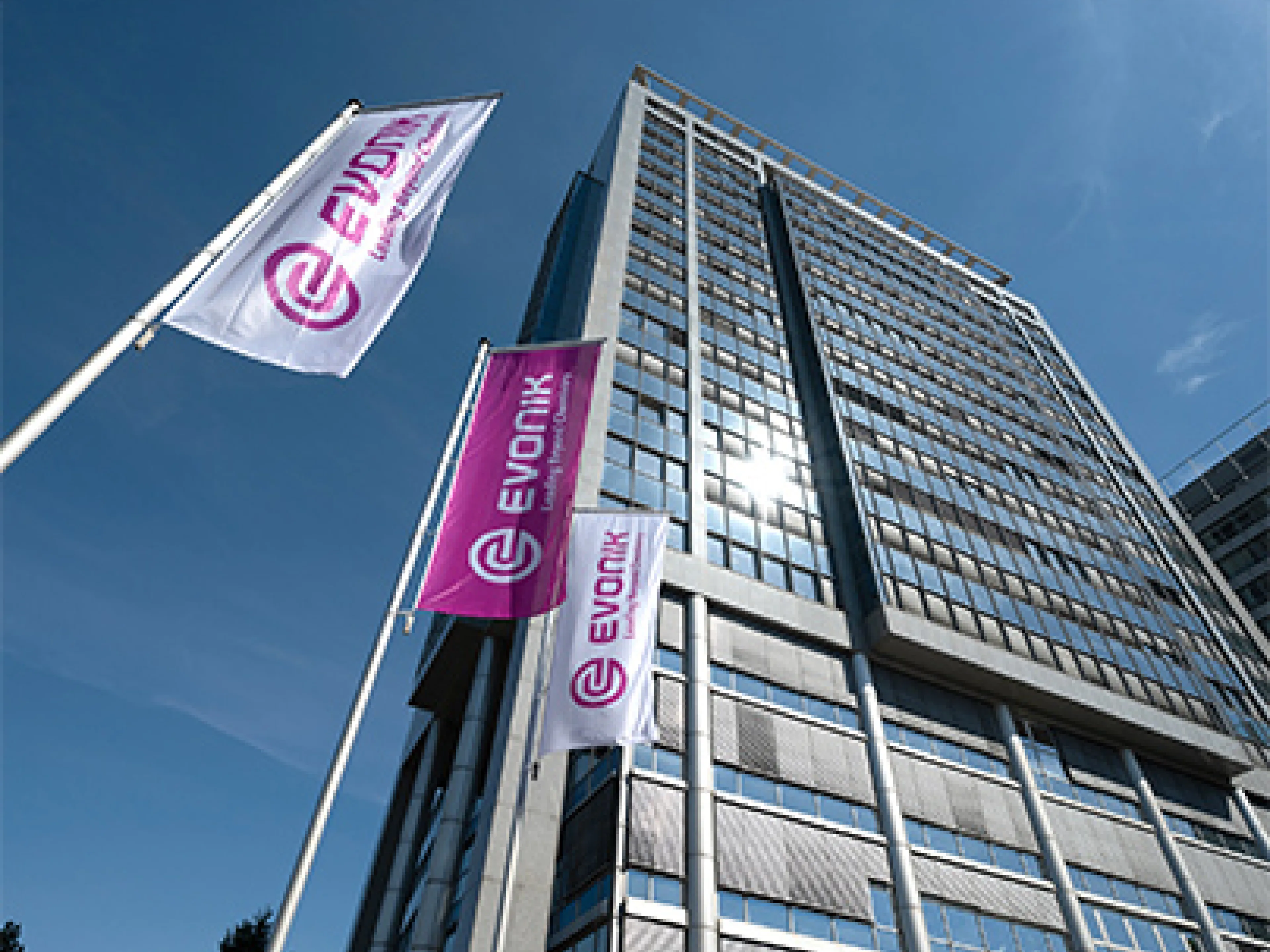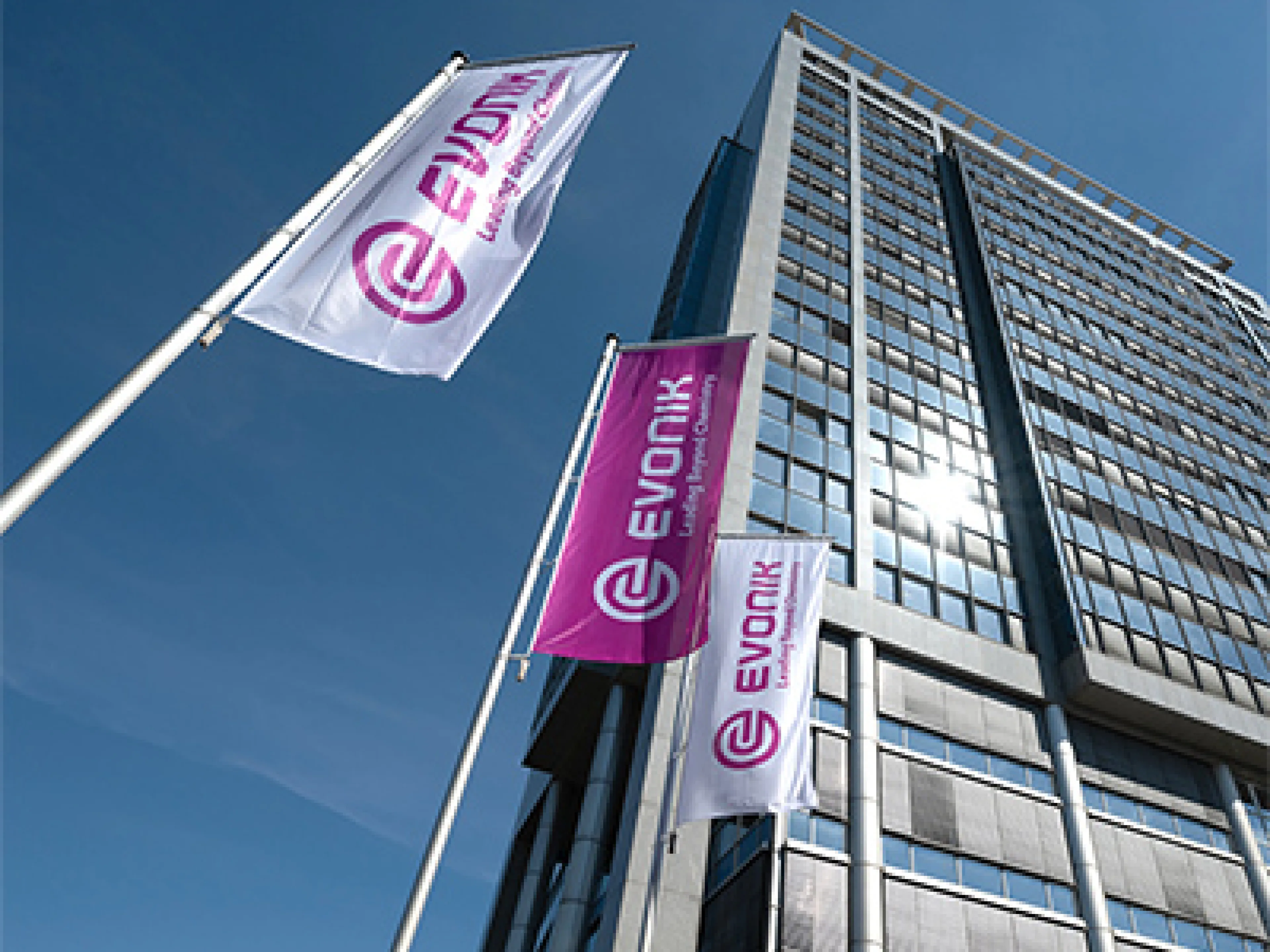
Evonik is building a pilot plant in Marl for the production of its anion exchange membrane (AEM for short). The company developed this membrane itself and markets it under the name Duraion. As a central component of the AEM water electrolysis, it has the potential to enable the cost-effective production of green hydrogen. Evonik is investing an amount in the low double-digit million euro amount in the plant, which is scheduled to go into operation at the end of 2025. “This strategic investment ties in with our business goals of further growing our pioneering membranes into a true enabler of the burgeoning green hydrogen economy,” says Goetz Baumgarten, head of the Membranes & Fibres product line at Evonik’s High Performance Polymers business line.
Fabric-reinforced membrane from the plant will serve growing customer interest
The AEM plant in Marl will manufacture membranes for customers who can use them in commercial electrolysers. Once completed, the plant will be able to produce enough membranes annually to provide 2.5 gigawatts of electrolysis capacity for hydrogen production. In addition, the AEM plant will also be able to manufacture reinforced membranes to meet growing customer demand for this technology. Compared to conventional electrolysis processes, AEM technology promises lower investment costs due to the use of less expensive materials for the cells, as well as high current densities and very good efficiency.
Evonik is pooling its cross-company expertise in membrane development
"The successful development of our Duraion membrane was possible thanks to the joint efforts of Evonik’s wide-ranging expertise and technology,” says Christian Däschlein, head of the New Growth Area Hydrogen Economy at Creavis, Evonik’s strategic innovation unit and business incubator. The membrane is a polymer, which is also a high-tech product. It has to allow anions to pass through, but be impermeable to gases such as hydrogen, which are produced during electrolysis. It also has to withstand high pressures, current densities, and temperatures.
Preparations: Evonik is increasing production capacity for intermediates used in membrane production in advance
“Across our many disciplines, we were able to combine polymer design and synthesis, engineering, membrane manufacturing as well as customer and market feedback,” says Christian Däschlein. Over the past twelve months, Evonik has already steadily increased production capacity for intermediates used in Duraion membranes. Constructing the membrane plant in Marl is now the next logical step for Evonik to expand its membrane business.








